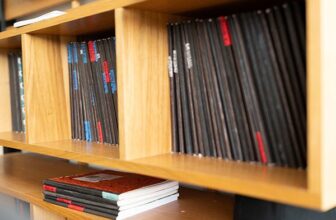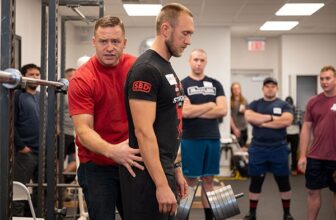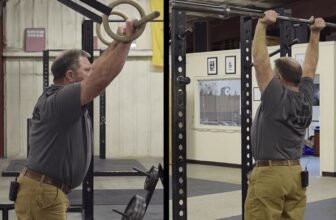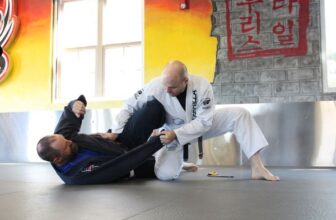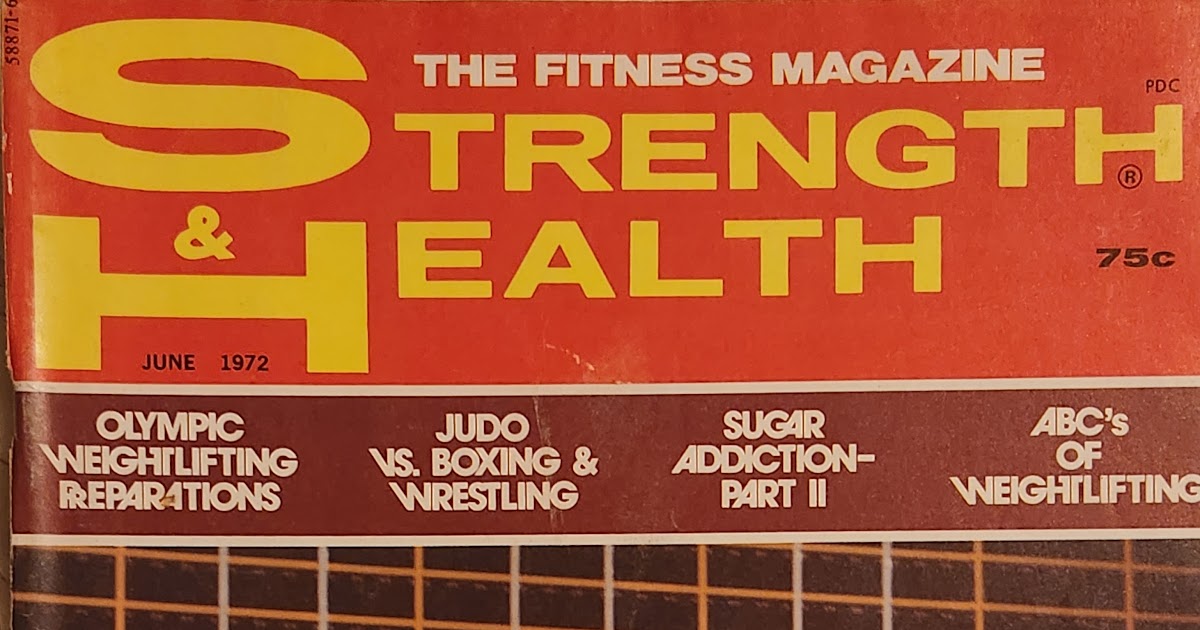
[adinserter block=”2″]
I love looking through back issues of the classic muscle magazines. Today’s muscle magazines, at least those that are still around, have absolutely NO appeal to me. Pumping, steroids, split routines, and other silly ideas are everywhere today. Even if there are few, if any, actual magazines around, there is no shortage of foolishness being disseminated online and via various video channels. I certainly don’t want to see a tiktok tough guy bragging about the drugs he uses, or some yo-yo bouncing a barbell off his chest and claiming a new world record in the Bench Press.
But the old magazines from the earliest days up until the seventies sure do offer a lot of useful information for anyone who is interested in getting stronger. I can’t mention all of the good magazines from year past, but three that I thoroughly enjoy are Peary Rader’s Ironman, and Bob Hoffman’s Muscular Development and Strength and Health. I could look through these old issues forever and never get bored. And, no matter how often I may have perused a particular issue, there always seems to be some new idea or training tip from which to learn.
The June 1972 issue of Strength and Health is one such magazine. If you are a dedicated fan of Olympic weightlifting, the cover alone, which was Gennadi Ivanchenko snatching 325 Lbs, was worth the price of the magazine ( which incidentally was 75 cents!). But the Table of Contents featured some real quality articles by some of the great Iron Game authors of the time. Bill Pearl, John McCallum, Hugh Cassidy are but a few of the contributors that month. But the article I’m going to write about was written by the legendary Tommy Kono.
Tommy Kono’s ABCs of Weightlifting this month focused on priority training. When I refer to “priority training,” I am definitely not talking about the silly training principle of the same name that was supposedly created by a huckster who called himself the master blaster. The article which appeared in S&H was written by one of the greatest weightlifters of all time, who was not only a great lifter but also a prolific author and coach. The list of people who have learned and been influenced by Mr. Kono is long and prestigious. But when it comes to training your weak areas, you do not have to be an Olympic champion, in fact, you don’t have to be an Olympic weightlifter at all. Anybody who hoists the steel and desires t get stronger can benefit from the wisdom the Mr. Kono shared over fifty years ago.
One of the first valid points brought up in the article is the fact that “Too many lifters try to improve their totals without ever trying to correct their weaknesses.” In a way, it’s human nature to want to concentrate on your strong points. If you’re a gifted squatter, but not as proficient in the deadlift, naturally you’re going to do that which gives you the most pleasure. Or, in the case of an Olympic weightlifter, if you have plenty of power but your technique is lacking, then it would be fruitless to spend time building strength at the expense of your technique work.
“The modern day lifter cannot be a specialist in one lift, or be good in two of the three lifts and expect to become a world champion.” How many times have you seen someone show up at a contest and have one really impressive lift, while his/her other lifts are weak. Granted, today there are any number of “single lift” contests in which to compete, but if you want to be a complete lifter, then you must dedicate yourself to becoming good on all three lifts, and have no weaknesses.
Mr. Kono made an interesting observation about the state of American weightlifters. Keep in mind that this was written in 1972, when American weightlifting was in the midst of a downward spiral that would see the USA lose prestige in a sport in which it once dominated. He felt that American lifters lacked a certain “wholeness” that only comes from being proficient in all three lifts and having developed both power and technique.
“A champion is a champion because he works on his weak areas rather than specialize on his strong point(s). A champion keeps improving because he is willing to work on the exercises he dislikes intensely for he knows that it is necessary.” This quotation should be written in bold, capital letters on the walls of every gym.
Doing set after set of heavy squats is no fun, and it is certainly not as pleasant as doing lots of bench presses. But if your squat is weak, then you had better dedicate yourself to the unpleasant task of bringing up your weak point if you expect to succeed. Naturally, this way of thinking is not limited to lifters. If your goal to gain mass and develop a muscular physique, then you must not allow yourself to focus on your strong points to the exclusion of those bodyparts which do not respond so easily.
“Many times even a very short, intensified specialization program can bring a lift right up simply because you put your mind to it.” Truer words were never spoken. If you ever want to achieve a certain goal- whether it is a certain poundage or other athletic goal- you have to be dedicated, and focused. Part of this focus is the fact that you have to be honest in the first place. If you are looking to improve your total, you have to make an honest appraisal of your strong points as well as your weak points. Once you have decided what to focus on, then you must put in the necessary work to make the improvement that you are seeking.
I remember years ago, Larry “Bruno” Licandro was looking to improve his bench press. He was honest with himself and decided that he had to dedicate extra time and effort on his weak lift. He developed a program of heavy rack work, focusing on the initial push off the chest, which was where he would usually get stuck ( incidentally, I had the opposite problem, I was strong off the chest, but would lose a lift on the lockout). By being honest with himself, and dedicating himself to improving his weak point, he was able to add a substantial amount to what had been a weak area for him.
“One of the secrets to becoming an outstanding athlete is to recognize your weak point and correct it by mapping out a program to erase this weakness. You must ‘Plan the work and work the plan’ as one success axiom goes. To be a champion you must be a tough-minded , hard-headed realist. Know your priorities!”
This final paragraph by Mr. Kono sums it up very well. To get bigger and stronger , you must have all those qualities listed above. You have to be tough and hard-headed ( Larry certainly was hard-headed, but I’ll save that for another article), especially if you plan on doing it without the use of steroids or other PEDs. I’ve always felt that lifters- and other athletes- who accomplished great things are some of the mentally tough people you will meet. Not many people are willing to work, sacrifice, and deal with the ups and downs that come with trying to build great strength. Likewise, there is a unique satisfaction that comes with working for and achieving a lifting goal. Whether it is a specific poundage ( like a 400 Lb Bench Press), or a repetition goal ( 315 Lbs for twenty reps in the Squat), being mentally tough means being brutally honest about your weak points and dedicating yourself to overcoming them.
[adinserter block=”2″]
Credit : Source Post



